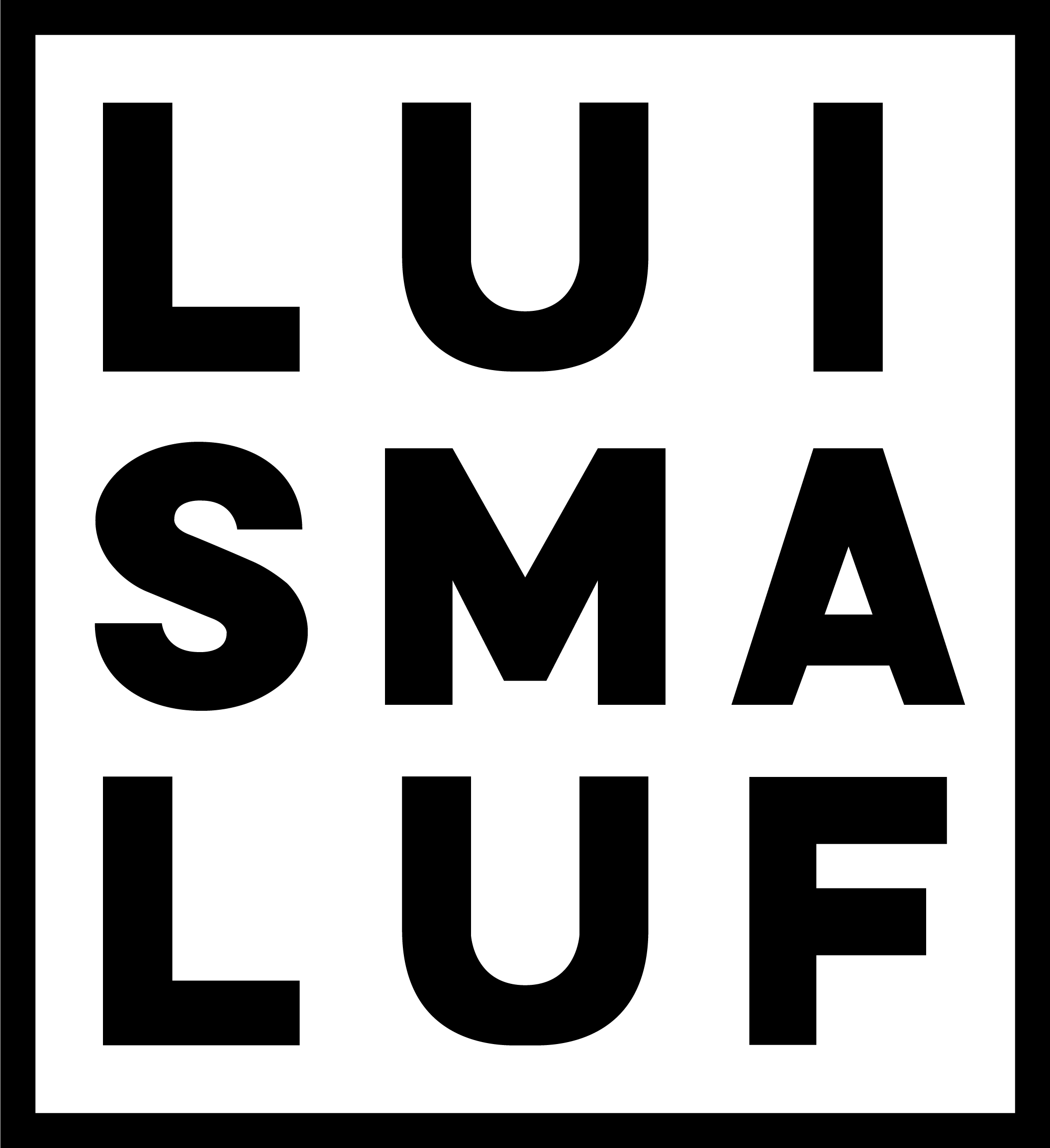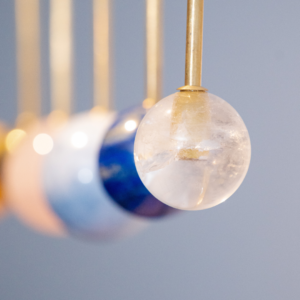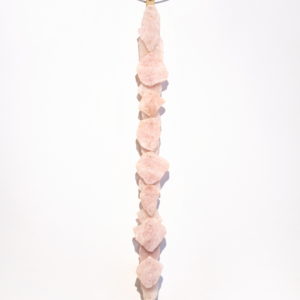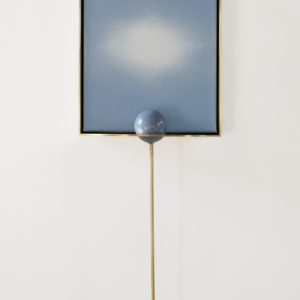In Sensible Space / Simple, Subtle, but Strong
03 April to
18th May 2024
Usina Luis Maluf
Rua Brigadeiro Galvão, 996
Barra Funda, São Paulo, SP
In Sensible Space
Simple, Subtle, but Strong
Visual arts have always flirted and multi-faceted with other disciplines, but the way in which these exchanges happen is a poetic specificity, understanding the word poetry as a set of experiences, methods, criteria and particular procedures that an artist can use to create art and live with the enigmas of creation. It is from this point that we begin to explore Janet Vollebregt’s career. She studied Architecture and Urbanism in the Netherlands, specializing in healthy buildings and sustainable projects.
But Janet saw herself being limited by building regulations and faced them as impositions, which in many ways did not prioritize the well-being and perceptions of those who would live in the architectural spaces. When discussed from a multidisciplinary perspective, Janet’s work is not a dialogue between art, architecture and healing practices, but perhaps a flow, a transit that is not at all stable, nor recognizable in its conceptual limits. The consistency of her work is due to the absence of boundaries between art, architecture and ancient healing practices based on exchange of subtle energy.
Janet has had the chance to travel the world, spending time or living in many European countries, Indonesia, Thailand, South Africa, Australia and Brazil. She has developed social projects, experienced different cultural environments and opened herself up to many forms of knowledge, such as Feng Shue and Jin Shin Jyutsu, ancient arts of harmonizing and healing respectively spaces and the body’s vital energy. These arts of living well are innate in human wisdom. The encounter with an ongoing study of these arts is crucial in Vollebregt’s career. Being an adherent of Jin Shin Jyutsu encouraged her to think about ways of living together and creating spaces on another level. Contributing to the invisible but sensible dimension, as she well describes it, the level of the power of energy fields is one of the intentions of her work. “I chose not to be a traditional architect or a therapist, but an artist communicating and offering insights in how to be one’s own therapist. I am interested in opening paths or building spaces where people can discover their inner potential for healing and living well. Art is therefore an intermediary for me. My creations are invitations to take care of ourselves and our connection to the larger whole,” says the artist.
Janet created her home in Chapada dos Veadeiros, in the state of Goiás. The experience of the power of raw nature in this rich and biodiverse environment and its harmonizing and humbling effect, moved her to the intention of sharing this experience, also in urban areas. This intention led to the creation of interactive installations, spaces that offer sensible experiences and objects to feel. Janet’s installations embrace and include all nationalities and religions, searching for common ground and an abstract language that might be our original root language. Jin Shin Jyutsu runs through her poetics, and she experiments with installations, sculpture and painting, and handles many materials, such as oil paint, acrylic, metals, stones and crystals. In this plurality of mediums and metamorphosis of materials, Janet sees art as “a tool for communicating the invisible”.
The experience of the public’s perception is at the heart of her intentionalities, it’s like a layer that makes the work happen with fullness. Textures, colors, origins of materials, visualities, compositions and coexistence between raw materials are part of a network of perceptual interactions in which the human body, its chakras, space, and the bodies of other beings relate to each other in such a way as to affirm their presences and states of presence. In her work, presence is matter in flux. And in this sense, art is a kind of material record that engages in a task of being in the field of our perceptions and, from there, proposes some invitations: what is real or what we are seeing and perceiving belongs to what instance of real? And how do we create our experiences of the real?
In her third solo show in Brazil, Janet presents recently produced works. For Janet, her artworks are material expressions popping up out of a network of energies, like mushrooms growing out of the network of mycelium. Her sculptures and paintings are connected by their energies. Painting and stones are materials, presented in their densities, in their geological times of creation and of perception.
Ming Tang is a series of paintings with integrated stones. These bidimensional representations of ethereal landscapes reflect stones such as rose quartz, green quartz, angelite, malachite, mangano calcite and fluorite. In Feng Shue, Ming Tang is the wide view one should ideally have from and in front of one’s home. This wide view from one’s home influences one’s vision in life. If one has a wide view from home, one can oversee a larger part of life. If one looks at a concrete wall, one’s vision is limited. Art however offers a way to create Ming Tang in homes that do not have access to the abundance of Ming Tang we experience when living on a mountain in vast nature.
Spirit Houses are a new series of sculptures made of brass, mounted on rose quartz, green quartz, and agate stones, with reference to Thai spirit houses used for offerings. These sculptures are meant to be placed on land, in a garden or in wild nature to honor the land, its energy or spirits. As in urban areas, fewer people have a piece of land around their homes, Janet brings Spirit Houses specially designed for balconies of high-rise buildings too. Also part of this exhibition are Janet’s Totems and pendant installations, interactive sculptures, inspired by ancestral cultures, that intend to balance people’s chakras and reconnect them to the unifying source of all that is.
All works in the exhibition communicate with “subtle energy”, something that is available, vibrating and in exchange with the environment. Every being, every element (stone, earth, air, fire), every space has fields of energy at work. Janet’s exhibition, according to the artist herself, is a tribute to the earth and the energies that can be converted into presence. The title of the exhibition is taken from the song “Amor”, released on the album “Secos e Molhados” by the similarly named band, in 1973, at a time when Brazil’s military dictatorship was proving to be very violent. The lyrics are an ode to lightness and simplicity, but they soon become a contradiction. It is impossible to forget Ney Matogrosso dancing, wearing a flowing skirt and a feather on his head. His voice accompanies the lightness and oscillation of feeling, perception and the experience of love (is it?). His words “Na simples e suave coisa / Suave, coisa nenhuma”, are pure poetry – that can hardly be translated from Brazilian Portuguese into English – that describes the essence of this exhibition in all its layers and as such were chosen as the name of the exhibition. In English we came closest to a translation of Ney Matogrosso’s poetry calling the exhibition: “In Sensible Space / Simple, Subtle, but Strong”. And so, we trace this free association of experiences between the lyrics and the works in Janet’s exhibition, which deal with floating, fluid, subtle energies: “Light, like a light plume / Very light, light landing”. An exhibition-energy that is dense and strong, and at the same time fades and blends in like “A blue cloud that dissolves”…
Galciani Neves
curadora





